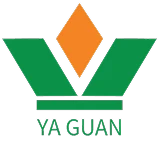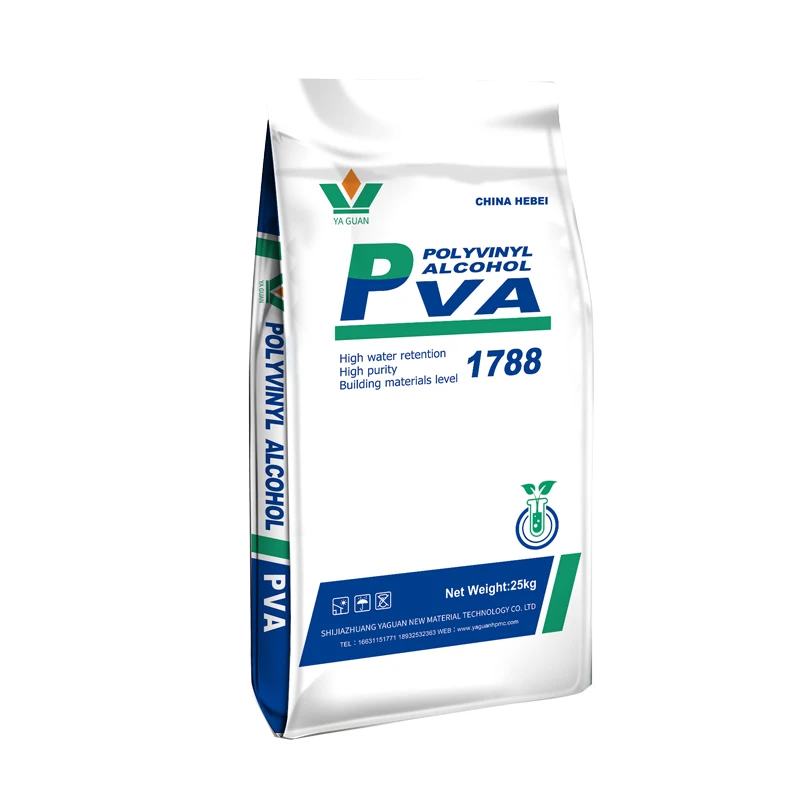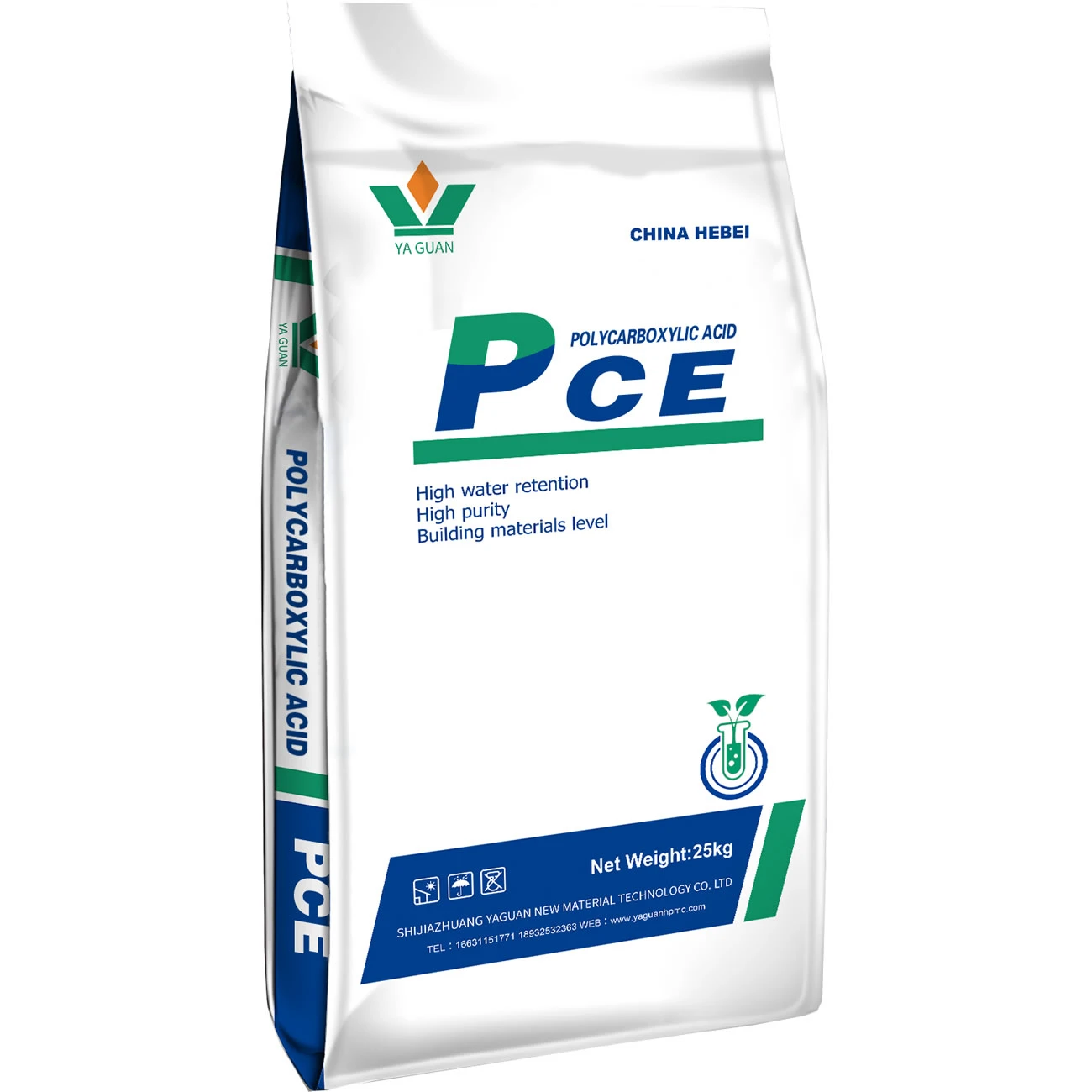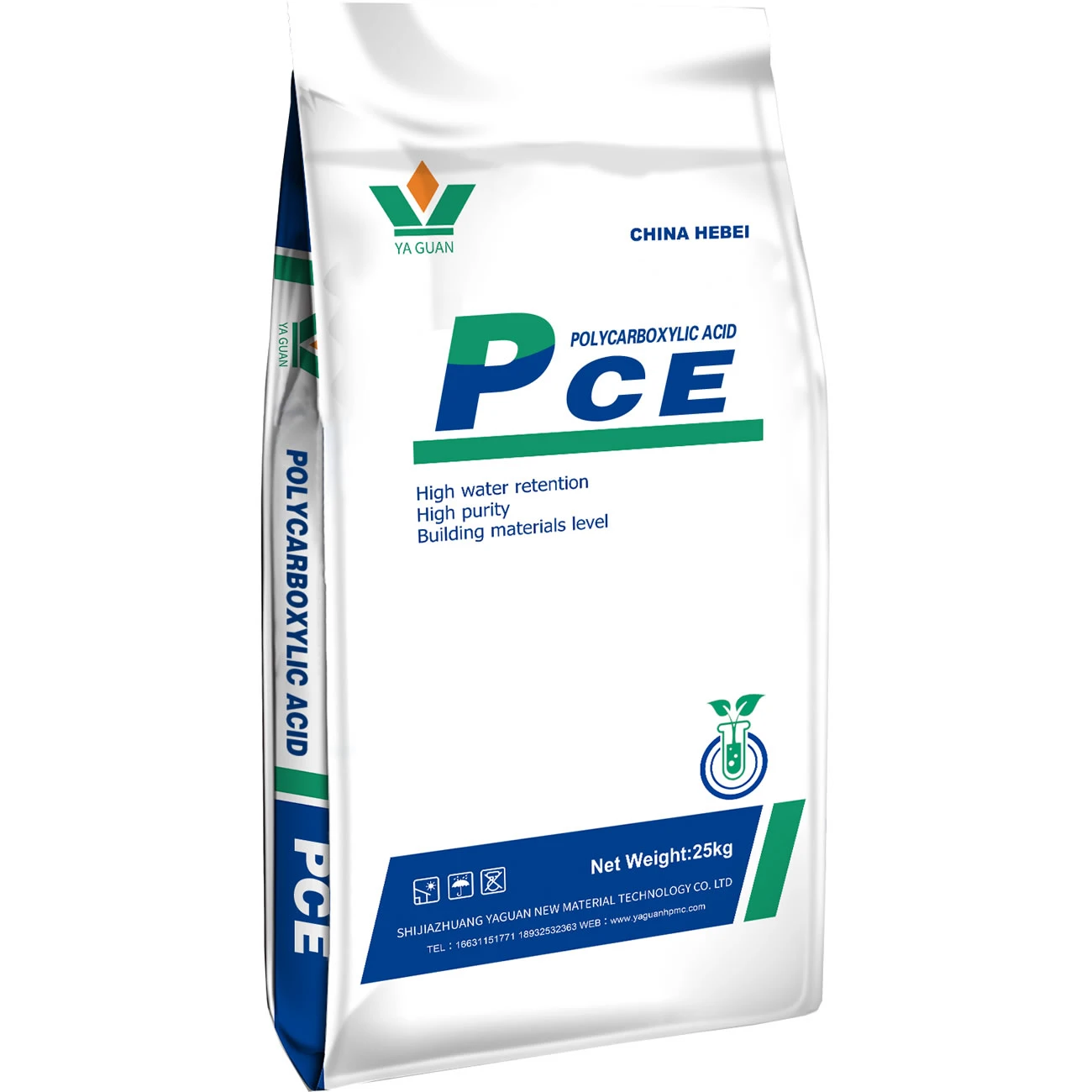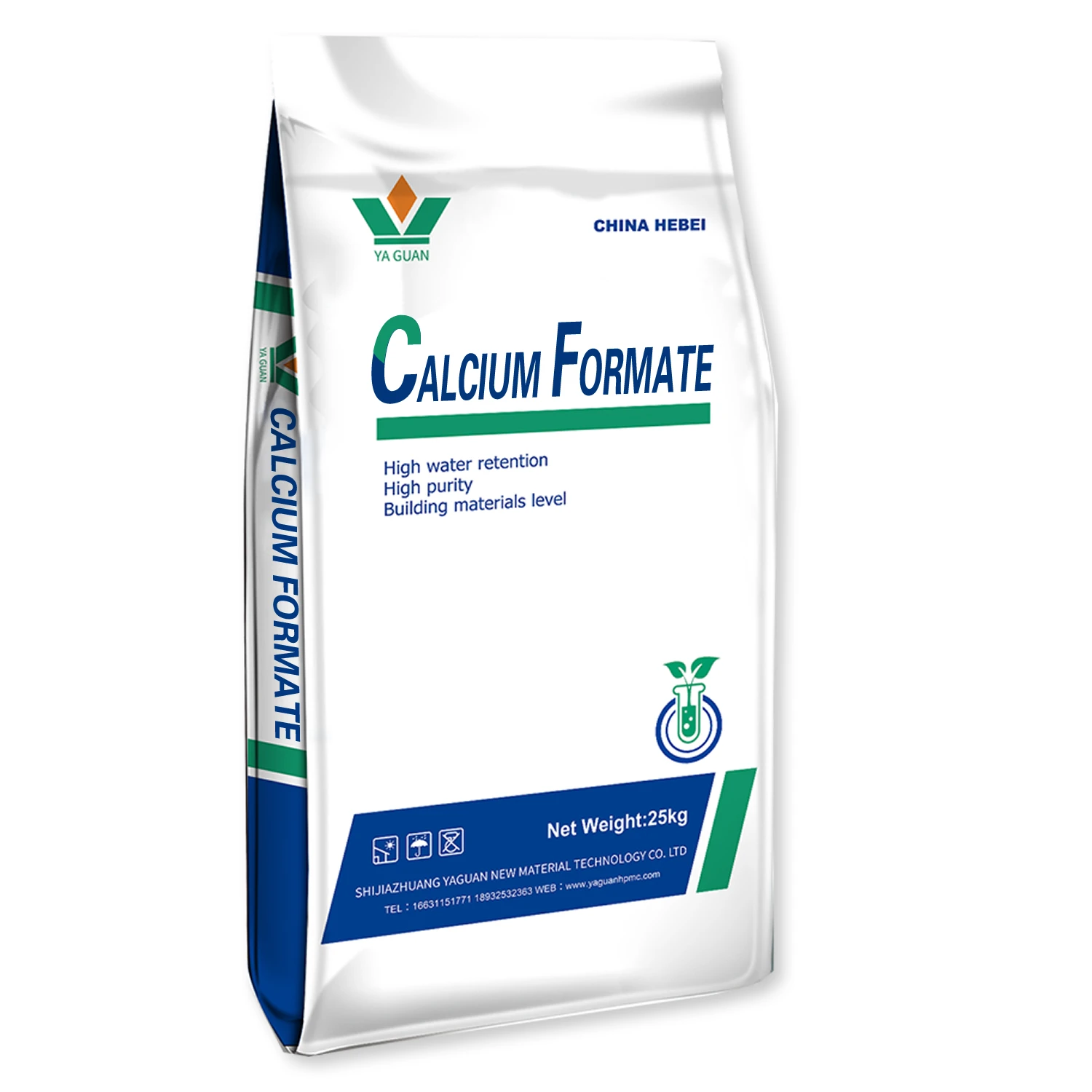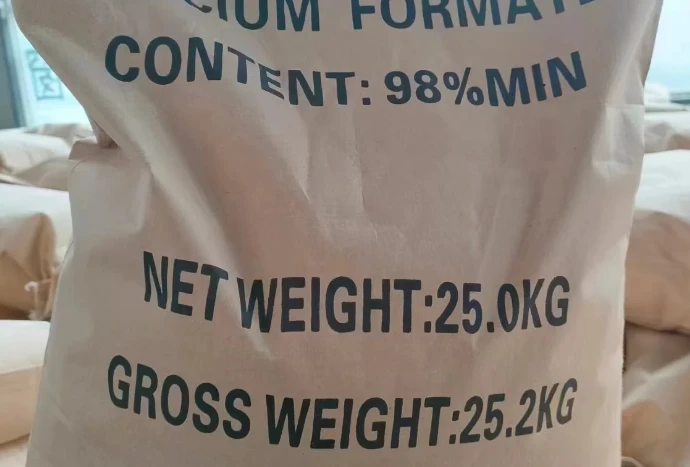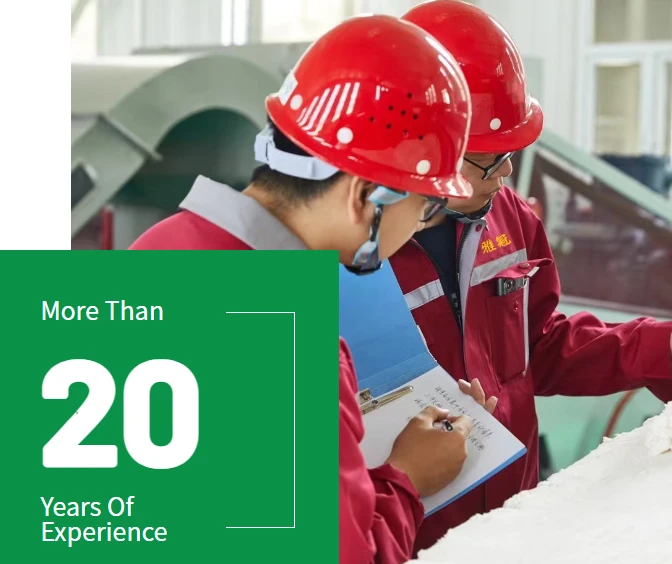
- Introduction to Redispersible Polymer Powder Uses and Industry Scope
- Technical Advantages and Key Properties of Redispersible Polymer Powder
- Comparison of Top Manufacturers in the Global Market
- Customized Solutions for Diverse Industry Applications
- Practical Application Cases and Success Stories
- Market Data Analysis and Future Trends
- Summary: Maximizing Value with Redispersible Polymer Powder Uses

(redispersible polymer powder uses)
Introduction to Redispersible Polymer Powder Uses and Industry Scope
Redispersible polymer powder uses represent a significant leap in the construction and industrial materials sector, evolving rapidly over the past decade. With the increasing demand for higher durability, ease of application, and cost-effectiveness, these advanced powders have become the backbone of modified dry mortars, adhesives, self-leveling floors, and exterior insulation finishing systems. The versatility of redispersible polymer powder has spurred growth across the globe. According to recent market research, the global redispersible polymer powder market reached approximately USD 2.1 billion in 2023 and is forecast to witness a CAGR of over 6.2% through 2030. This robust growth is supported by the rising construction activities in Asia-Pacific, the pursuit of sustainable building solutions in Europe, and the modernization of infrastructure in North America. As chemical innovation accelerates, the uses of redispersible powder are broadening into new technical fields, underpinning their vital role in both traditional and emerging industrial applications.
Technical Advantages and Key Properties of Redispersible Polymer Powder
The technical superiority of redispersible polymer powder lies in its distinctive composition and functionalities. With superior flexibility, water resistance, adhesion, and workability, these powders are tailor-made for demanding environments. Their unique ability to redisperse in water enables easy blending with cementitious and gypsum-based materials, enhancing the mechanical strength and crack-resistance of the end products.
- Tensile Adhesion Improvement: When incorporated into tile adhesives, redispersible polymer powder can boost tensile adhesion by up to 60%, compared to conventional dry mortars.
- Water Resistance: In waterproof mortars, the powder increases water impermeability by more than 40%, extending life span substantially.
- Flexural Strength: Modified self-leveling compounds exhibit up to 55% higher flexural strength.
- Workability and Open Time: Plastering mortars maintain moisture and stay workable up to 30% longer, reducing labor fatigue and wastage on site.
Comparison of Top Manufacturers in the Global Market
As demand surges worldwide, top manufacturers are intensifying innovation and capacity expansion. The leading players in the redispersible polymer powder market are differentiated not only by production volumes but also by technological capabilities, customization offerings, and logistical support. The following table presents a comparative overview of three prominent global suppliers:
| Manufacturer | Annual Production (tons, 2023) | Core Polymer Types | Key Markets | Customization Level | R&D Investment (USD, 2023) |
|---|---|---|---|---|---|
| Wacker Chemie AG | 60,000 | Vinyl Acetate/Ethylene, Vinyl Versatate |
EMEA, Asia-Pacific, NA | High | 120 million |
| Dow Construction Chemicals | 45,000 | Vinyl Acetate/Ethylene, Acrylic Copolymers |
North America, LATAM, APAC | Very High | 145 million |
| SINOPEC Baling | 30,000 | Ethylene-Vinyl Acetate, Styrene Copolymers |
Asia-Pacific | Medium | 75 million |
All three manufacturers leverage advanced emulsion polymerization technologies and robust global supply chains. However, distinctions in R&D investment, product portfolios, and tailored services make each supplier uniquely positioned for different customer segments and regional requirements.
Customized Solutions for Diverse Industry Applications
Today, success in the redispersible powder landscape depends on the ability to deliver highly customized solutions. Architects and specifiers now demand formulations for specific climate conditions, substrate characteristics, and regulatory requirements. Leading suppliers work closely with clients, leveraging proprietary testing facilities and digital simulation tools to design bespoke redispersible polymer powder blends.
- Climate Adapted Formulations: For hot and humid regions, custom blends ensure prolonged workability; for cold climates, enhanced flexibility counters freeze-thaw cycles.
- Substrate Optimization: Modifications in polymer chemistry address the needs of lightweight blocks, glass wool, and aerated concrete, guaranteeing adhesion to challenging surfaces.
- Performance-Driven Engineering: Projects requiring extended open time or ultra-fast setting benefit from adjustable polymer ratios, allowing jobsite efficiency without sacrificing performance.
- Compliance and Sustainability: Custom solutions can be formulated to meet rigorous LEED or BREEAM criteria, limiting volatile organic compounds and maximizing renewable content.
Practical Application Cases and Success Stories
Real-world application cases illustrate both the versatility and reliability of redispersible polymer powder uses
in solving major construction challenges. Some leading success stories include:
- Residential Towers, Dubai: A new high-rise complex adopted modified self-leveling floor screeds enabled by vinyl acetate-ethylene copolymer powders. Post-installation tests confirmed up to 48% reduction in shrinkage cracks versus traditional cement-based solutions, and floor completion time was cut by 22%.
- Restoration of Historic Monuments, Rome: For restoration mortars, specially designed redispersible powders provided greater cohesion with ancient substrates, passively increased freeze-thaw resistance, and halved maintenance cycles.
- High-Speed Rail Project, Shanghai: Custom redispersible powder-based tile adhesives with improved open time enabled precision ceramic tiling over extended work windows, increased bond strength by 50%, and resulted in zero post-installation failures after two years of performance monitoring.
- Energy-Efficient Schools, Germany: Advanced ETICS mortars using high-flex powders improved insulation adhesion under varying weather conditions, supporting the project's compliance with energy regulations and quality benchmarks.
- Luxury Spa Resorts, Thailand: Waterproofing mortars modified with specialty polymer powders demonstrated a 120% increase in water impermeability, enabling long-lasting immersion pools that required lower maintenance.
Market Data Analysis and Future Trends
The redispersible polymer powder market has shown remarkable resilience through economic fluctuations. Recent data reveals that Asia-Pacific accounts for over 48% of the market share, led by China, India, and Southeast Asia. Europe remains at the forefront of sustainability-driven adoption, while the Americas focus heavily on infrastructure and renovation.
- Market Growth: CAGR is projected to remain above 6% globally; between 2024 and 2030, the market is estimated to surpass USD 3.3 billion.
- Innovation: Increasing adoption of bio-based and low-emission polymers could lift green product share to 20% by 2028.
- Regional Supply Chains: Localization and expansion of production capacities are set to minimize logistics disruptions, reduce costs, and ensure faster lead times for custom orders.
- Emerging Applications: Non-construction sectors—including automotive panels, wood-based composites, and specialty textiles—are exploring new redispersible powder uses for improved performance and sustainability.
- Regulatory Environment: Driving industry-wide reform, governments worldwide are incentivizing materials that contribute to circular economy objectives and lower embodied carbon.
Summary: Maximizing Value with Redispersible Polymer Powder Uses
In a globally competitive landscape, the strategic implementation of redispersible polymer powder uses is transforming standards across the construction, manufacturing, and renovation industries. As a critical component in more advanced, sustainable, and customized building materials, these powders enable superior performance, cost-efficiency, and compliance—fundamental attributes required for next-generation infrastructure and development. Looking ahead, manufacturers who invest in advanced R&D, regionalized supply chains, and customer-driven innovation will solidify their leadership as the redispersible polymer powder market enters its next growth phase. Businesses and specifiers determined to maximize results and future-proof projects will continue to leverage this essential material for diverse and challenging applications.
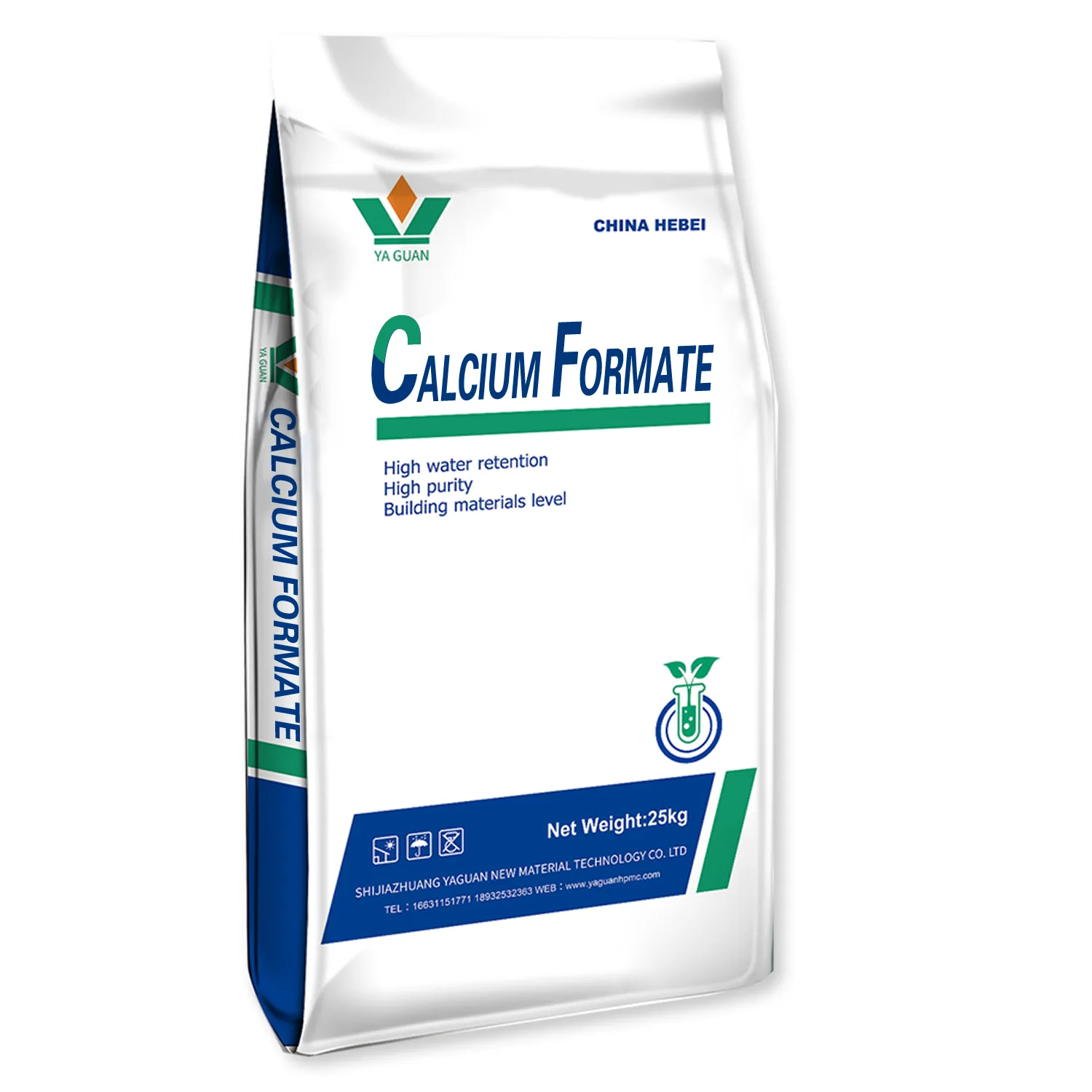
(redispersible polymer powder uses)

